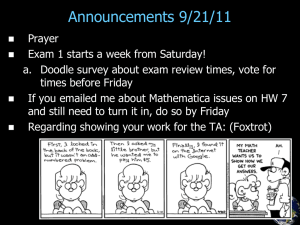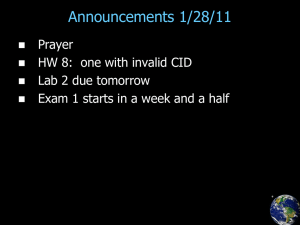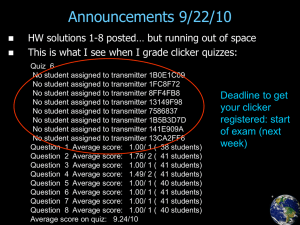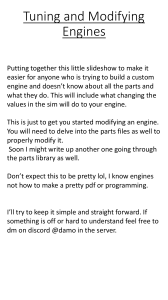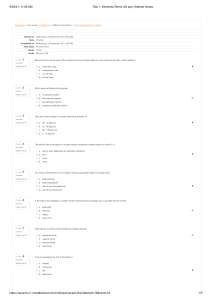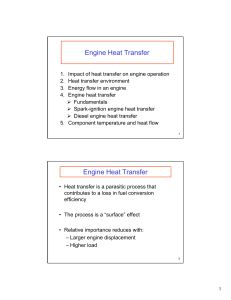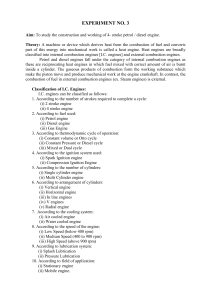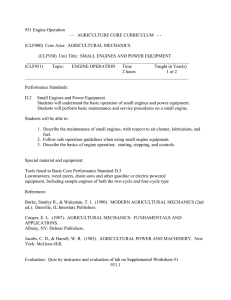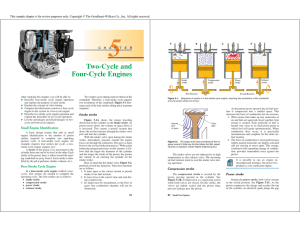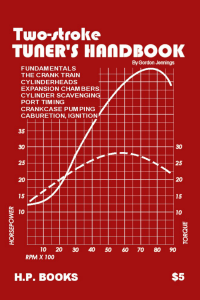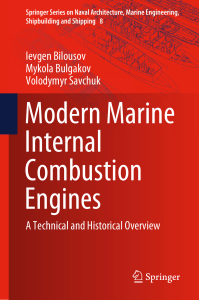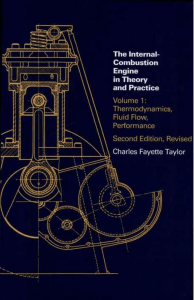lecture 10 - engines
advertisement
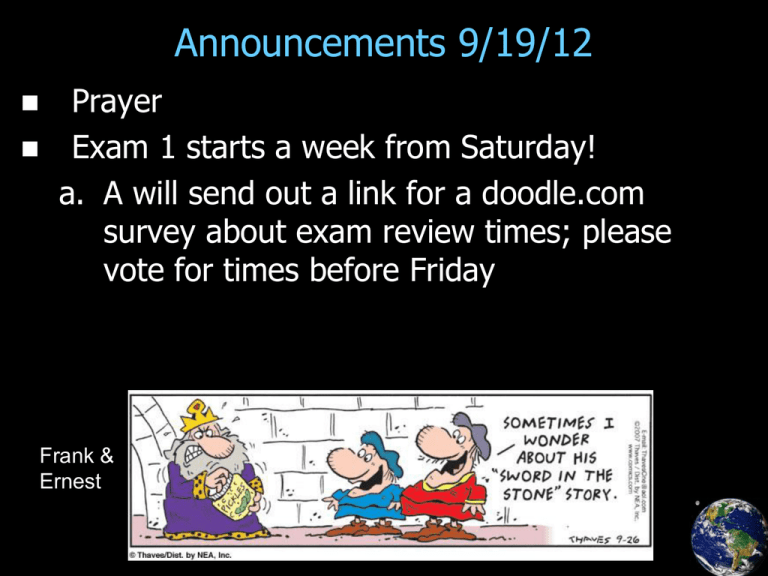
Announcements 9/19/12 Prayer Exam 1 starts a week from Saturday! a. A will send out a link for a doodle.com survey about exam review times; please vote for times before Friday Frank & Ernest From warmup Extra time on? a. a variety of things; no single thing in particular Other comments? a. Why do Physicists always seem to enjoy writing laws with the most confusing wording they could possibly have used? b. This may not be part of this lecture, but I don’t understand how to find work when it's an adiabatic process. Demo/Video Demo: Adiabatic cotton burner, again Video: Mist from pressurized bottle Special Processes: Review Constant volume (isovolumetric) Constant pressure (isobaric) Constant temperature (isothermal) No heat added (adiabatic) General process? P a. Eint = ? A b. Won gas = ? c. Qadded = ? B V Last Special Case: Cyclical Processes P State 1 V Eint = ? Is it Wby gas or Won gas? Qadded = ? Engines: Energy Transformation work heat in (higher T) engine exhaust out (lower T) Qin = work by gas + Qout Notation: Qh, Qc, Th, Tc, |W| Qh = |W| + Qc Heat Engine Example P (a) - piston at room temp and atmospheric pressure a V Heat Engine Example P (a-b) - gas heated to keep volume constant as cart rolls onto piston b a V Heat Engine Example P (b-c) - gas heated to increase volume and lift the cart c b a V Heat Engine Example P (c-d) - gas cooled to keep volume constant at cart rolls off piston b c a d V Heat Engine Example P (d-a) - gas cooled to reduce volume back to initial level b c a d V Efficiency How good is your engine? Definition Second Law (Kelvin-Plank form) From warmup Give your own example of some process or event where the first law of thermodynamics is not violated, but the event will not happen because it violates the second law of thermodynamics. a. An atomic bomb unexploding… The second law defines time, in a way. It says that a more chaotic situation is the future, the order in the past. If a process is reversed, then it follows the first law, but not the second, as it would result in an increase of energy decrease of entropy. b. My examples: – All of the hot molecules in the air in my room suddenly congregate right near my body and cause me to spontaneously combust. – A ball on the floor suddenly gathers kinetic energy from the surrounding molecules in the floor. This causes the floor to cool down a small amount and the ball leaps into the air. Worked Problem A car engine produces 5000 W of power, at 20 cycles/second. Its efficiency is 20%. What are |Wnet|, Qh, and Qc per cycle? What do those quantities represent? Otto Cycle: Gas Engines Let’s ignore intake and exhaust strokes A to B: Piston is compressed quickly B to C: Heat is then added quickly by igniting fuel (const volume) C to D: Piston then expands quickly D to A: Heat is then expelled quickly (exhaust valve opened) Warmup: Work is done on the gas from A to B. How can an engine work if we are doing work on it instead of getting work out? a. We do a lot less work on it (area below lower curve) than we get out (upper curve). In fact, what is the net work? Otto Cycle: Gas Engines Analysis: → We pretend heat is added without changing gas Wnet = Qh – Qc e = Wnet/Qh “Compression ratio” r = Vmax/Vmin Derived in book: eOtto 1 1 r 1 Diesel Cycle: Diesel Engines What’s the main difference between gas and diesel engines? Change to our PV-diagram model Diesel cycle details… done in HW problem Worked problem: Class designed A problem like this will be on the exam Make up a “three-legged cycle”. What is the efficiency of this cycle? Game plan: a. Calculate Q for each leg b. Calculate Qh, Qc, |W| c. e = |W|/Qh d. [Next class period: Test to make sure e < emax] Clicker question: If I replaced all of the nitrogen (N2) in the air with carbon dioxide (CO2), what do you think would happen to the efficiency of car engines? a. They would get more efficient b. They would get less efficient c. The efficiency would not change eOtto 1 1 r 1
